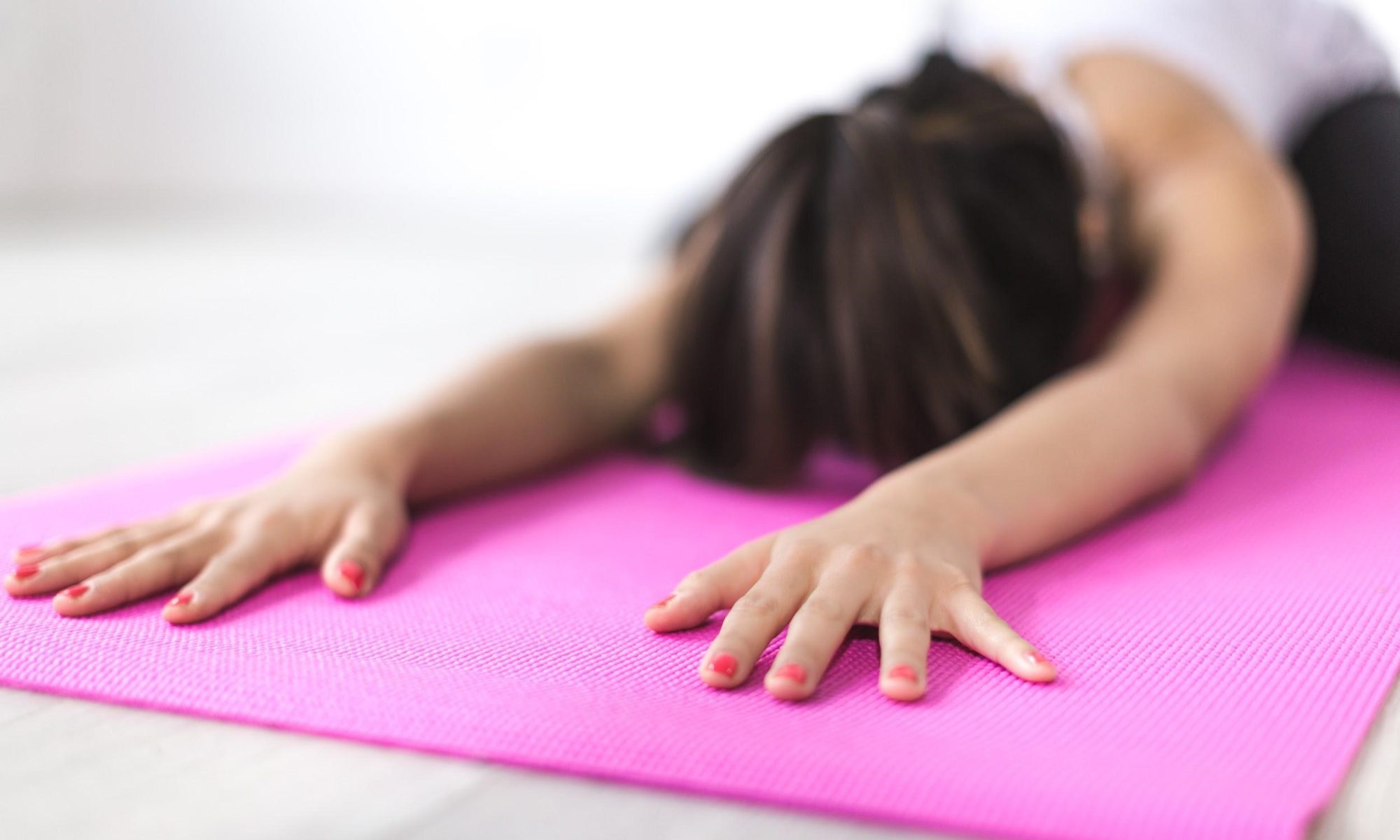Too busy driving your kids around for activities? Always working overtime? Can’t afford a pricey gym? Or, is $100 a week for yoga classes keeping you at home? Not enough time and not enough money are two of the top excuses people use for not prioritizing physical fitness.
The truth is, a commitment to better physical fitness doesn’t have to be a time or a wallet buster. So with the New Year right around the corner, why not join the hoards of Americans who commit each year to making themselves more healthy. And even consider going a step above and sticking to it.
Finding The Time
Chances are each day you have a space of 30 minutes that you can set aside for some exercise, whether it’s before work or after. It is important to find a time and commit to it, at least three times a week to get started. By scheduling your fitness, you’ll be more likely to stick to the routine..
Here are some other tips to help you find the time.
- Cut back on your screen time. Are you surfing social media sites, or spending mindless time playing computer or phone games?
- Delegate like a boss. Find some things your children or spouse can take off your plate, say the dinner dishes or folding laundry. Find something or some things that put 30 minutes back into your schedule.
- Find a lunchtime fitness team. Gather some co-workers to form your own work fitness team.
- Give up the late show. By skipping late-night shows, you can get yourself to bed early so that getting up a half hour earlier to exercise is more doable.
- Keep a positive attitude. Set a small manageable goal and then create a mental picture of the results of that goal. Visualizing positive outcomes is a powerful weapon against excuses.
Exercise on a budget
There’s plenty of opportunities for exercising on a budget that don’t require an expensive gym membership or expensive class fees. Here are some options to consider.
- Set up home gym – You can get a well-rounded workout in an extra bedroom or basement space.
Strength Training
Examples: Lifting weights or objects around the house, resistance band exercises, use your own body to do squats, push-ups, jumping jacks and planks.
Benefits: Helps you lose weight and keep it off, makes you stronger, aids in disease prevention, beneficial for bone health and decreases muscle loss.
Cost: Kettlebells $35, Resistance Band $8
Flexibility Training
Examples: Balance training, stretching with use of an exercise ball, yoga, tai chi, and pilates.
Benefits: Decreases muscle tension, improves range of motion, and helps prevent injuries.
Cost: Balance Trainer $55, Exercise Ball $22
Aerobic Training
Examples: Brisk walking, hiking, jumping rope, bike riding, running, dancing, cross country skiing, and kickboxing.
Benefits: Increases your confidence, emotional stability, memory and brain function. Reduces your risk of Type II diabetes and heart disease, improves your immune function, and lowers your blood pressure.
Cost: Exercise Bike $130, Jump Rope $10
- Alternative Methods – Participating in yoga, meditation or swimming classes can help with mental health issues and addiction recovery. This is because these activities allow you to focus your mind and can relieve stress and anxiety.
Cost: You can find free yoga classes online, as well as meditation programs. Or find an affordable swimming class near you.
You have the ability to make the time and you truly don’t need much money to get in daily fitness. Creating a fitness plan and making it part of your life has many benefits that should be too tempting to resist such as more energy, stronger relationships, better sleep and happier moods.
It’s time to start your workout, so get moving!


